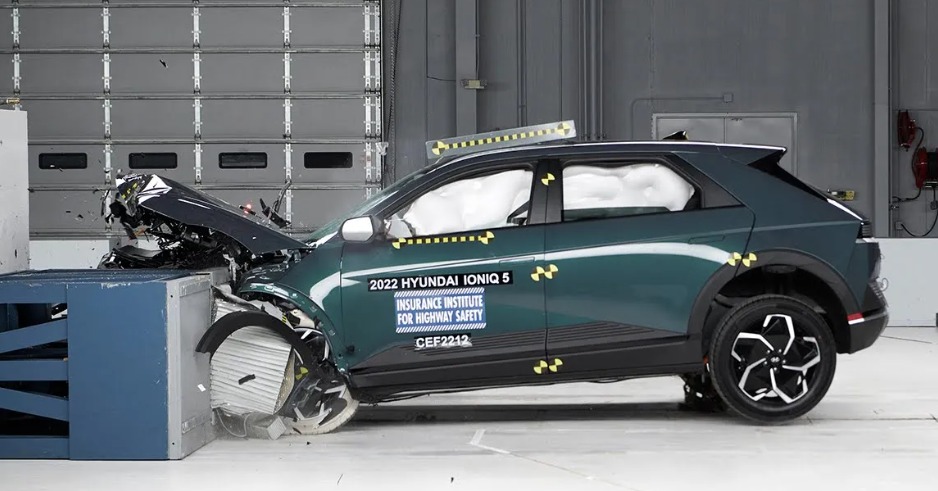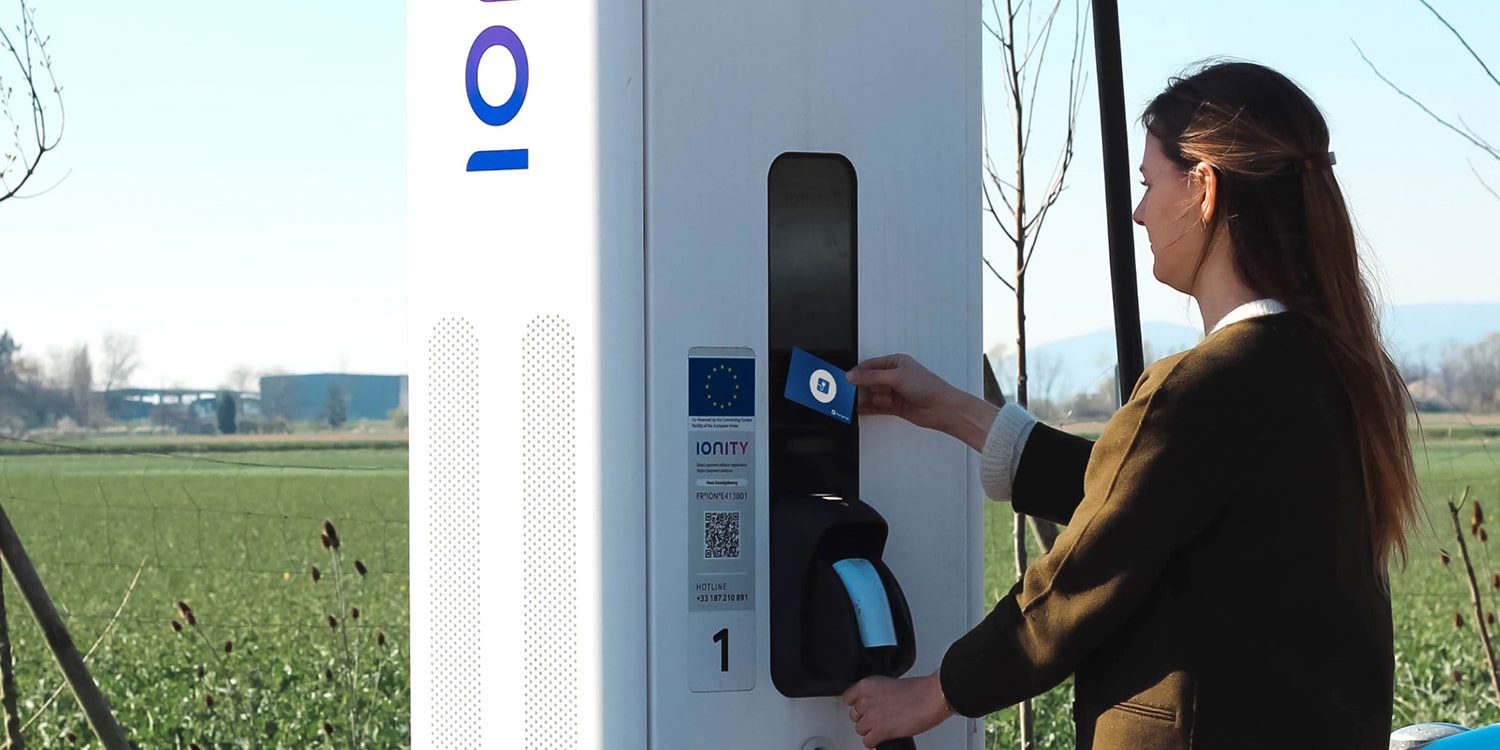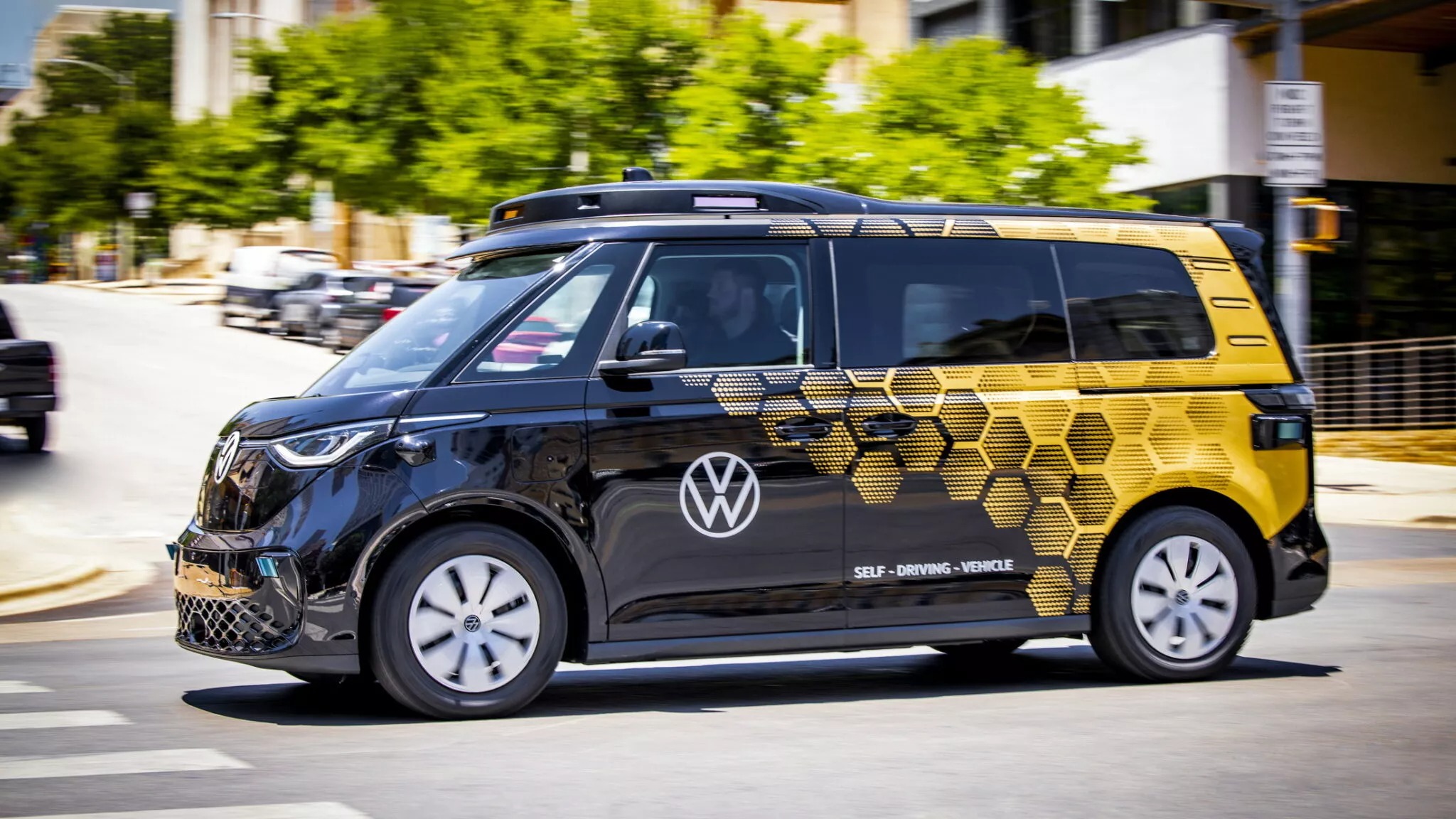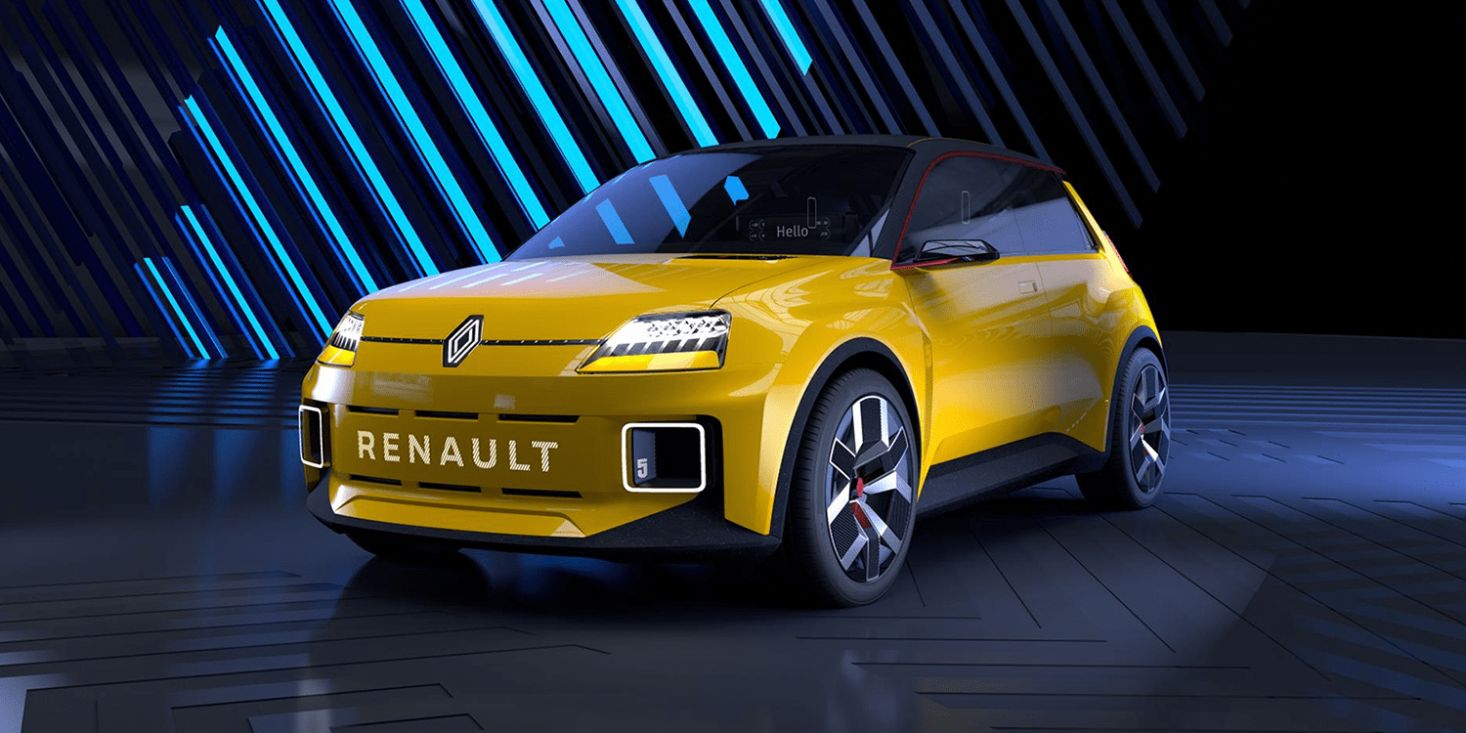The cost of repairing new cars has been steadily climbing as a result of increased complexity, the introduction of new components, and a shift towards non-repairable energy-dissipating elements. Consequently, if you find yourself in a fender bender with a new car, you can expect to pay more than ever before to restore it to its original condition.
Recent data reveals that the average repair costs have risen by 36 percent since 2018, leading to a noticeable impact on insurance premiums. Insurance rates have surged by 17 percent in the past 12 months through May, according to Mitchell, a company that analyzes data from insurance and auto repair.
Mitchell’s Director of Claims Performance, Ryan Mandell, explained that the advanced digital architecture of modern vehicles is so intricate that systems beyond the point of impact are being disrupted. As a result, restoring a car to its pre-accident state has become more challenging than ever before, and this trend is likely to continue.
While there have been instances highlighting exorbitant repair quotes for electric vehicles (EVs), such as a rear-ended Rivian R1T being estimated at $42,000, the overall data tells a different story. In reality, although the average repair costs for EVs after an accident are indeed higher, the difference is not significant when compared to internal combustion engine (ICE) vehicles.
Upon initial examination of Mitchell’s findings, it appears that fixing an EV costs, on average, an additional $2,400 compared to a combustion vehicle after an accident. However, it is crucial to note that 75 percent of electric cars involved in accidents are classified as luxury models, with original prices ranging from $40,000 to $110,000. Repairing a more mainstream EV, like those from Nissan, only adds an extra $800 compared to its ICE counterpart. Moreover, premium segment EVs and ICE vehicles have similar repair costs.
Additional factors come into play as well. The data indicates that 18 percent of combustion vehicles involved in crashes end up being declared total losses, while only 6 percent of EVs suffer the same fate. Moreover, evidence from the Highway Loss Data Institute suggests that for models available in both electric and ICE variants, such as the Hyundai Kona and the Volvo XC40, EVs are only 2 percent more expensive to repair.
Although the cost of repairing a damaged battery pack remains a concern, automakers are actively working on solutions to minimize this financial burden. BMW’s EVs, for instance, allow for the modular replacement of battery elements, identified through crash sensors. GM is developing a similar method to enable dealerships to replace individual battery modules, while the Ford Mustang Mach-E can transfer all components to a new battery tray, streamlining the replacement process.







